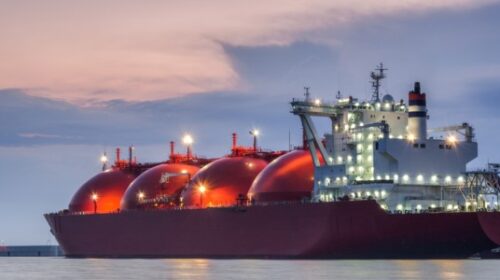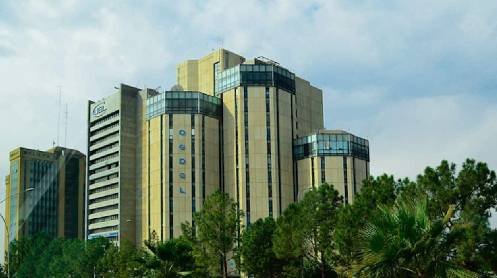In November, Europe’s natural gas demand was 24% lower than the five-year average for the month, largely due to reduced industrial demand amid high prices.
The lower gas consumption could be good news for European governments and utilities scrambling to ensure enough gas supply throughout this winter and possibly have some left in storage to begin stockpiling for 2023/2024 winter.
With lower gas consumption and not much Russian gas flowing via pipelines, the EU has continued to cut its dependence on Russia, from around 40% of imported gas supplies before the Russian invasion of Ukraine, to less than 9%, according to EU figures from September.
This autumn, the EU has continued to cut its demand, with 24% lower consumption than the five-year average in November and an equally large decline in October, according to estimates by commodity analytics company ICIS cited by the Financial Times.
“Industry is proportionally driving the biggest reductions in gas consumption, and this is entirely the result of clear market pricing,” Tom Marzec-Manser, lead European gas analyst at ICIS, told FT.
Despite the reduction in consumption, although a large part of it is a result of demand destruction, gas prices in Europe started rising again last week after several calmer weeks when the weather was warmer than usual. With the first real chills and cold waves at the end of November and early December, the benchmark gas prices in Europe and the UK jumped again amid low wind power generation across most of northern Europe and lower nuclear power supply from France.
Now that cold weather has settled in most of Europe and weather forecasts point to a colder-than-normal start to the winter in northern Europe and the UK, Europe’s ability to keep the lights and heating on will be put to the test. Gas prices continued to rise on Monday, as low wind speeds and cold temperatures persist.





